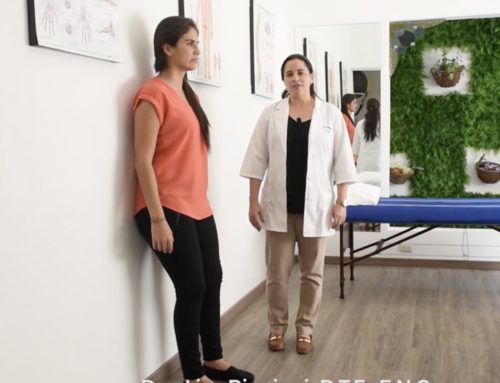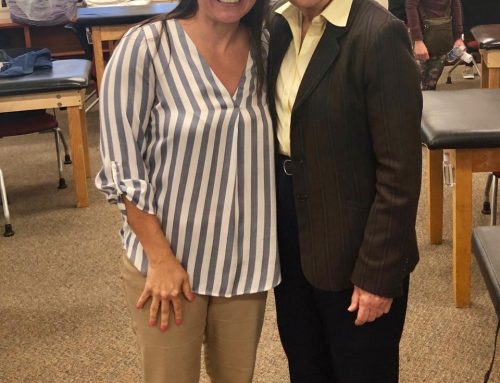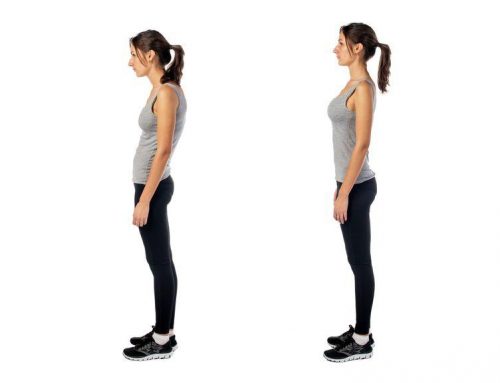A Survey of Therapeutic Ultrasound Use by Physical Therapists Who Are Orthopaedic Certified Specialists
PHYS THER
Vol. 87, No. 8, August 2007, pp. 986-994
DOI: 10.2522/ptj.20050392
A Survey of Therapeutic Ultrasound Use by Physical Therapists Who Are Orthopaedic Certified Specialists
Rita A Wong, Britta Schumann, Rose Townsend and Crystal A Phelps
RA Wong, PT, EdD, is Professor and Chair, Department of Physical Therapy, Marymount University, 2807 N Glebe Rd, Arlington, VA 22207 (USA).
B Schumann, PT, DPT, is Clinic Director, Results Rehab & Fitness, Centreville, Va.
R Townsend, PT, MSPT, is Physical Therapist, National Children’s Center–Northwest Campus, Washington, DC.
CA Phelps, PT, MSPT, is a physical therapist with Inova Health System, Ashburn, Va.
Address all correspondence to Dr Wong at: Rwong@marymount.edu
Background and Purpose: For many years, ultrasound (US) hasbeen a widely used and well-accepted physical therapy modalityfor the management of musculoskeletal conditions. However, thereis a lack of scientific evidence on its effectiveness. Thisstudy examined the opinions of physical therapists with advancedcompetency in orthopedics about the use and perceived clinicalimportance of US in managing commonly encountered orthopedicimpairments.
Subjects: Four hundred fifty-seven physical therapists who wereorthopaedic certified specialists from the Northeast/Mid-Atlanticregions of the United States were invited to participate.
Methods: A 77-item survey instrument was developed. After faceand content validity were established, the survey instrumentwas mailed to all subjects. Two hundred seven usable surveyquestionnaires were returned (response rate=45.3%).
Results: According to the surveys, the respondents indicatedthat they were likely to use US to decrease soft tissue inflammation(eg, tendinitis, bursitis) (83.6% of the respondents), increasetissue extensibility (70.9%), enhance scar tissue remodeling(68.8%), increase soft tissue healing (52.5%), decrease pain(49.3%), and decrease soft tissue swelling (eg, edema, jointeffusion) (35.1%). The respondents used US to deliver medication(phonophoresis) for soft tissue inflammation (54.1%), pain management(22.2%), and soft tissue swelling (19.8%). The study providessummary data of the most frequently chosen machine parametersfor duty cycle, intensity, and frequency.
Discussion and Conclusion: Ultrasound continues to be a popular adjunctive modality in orthopedic physical therapy. These findings may help researchers prioritize needs for future research on the clinical effectiveness of US.
To obtain full text:
PHYS THER
Vol. 87, No. 8, August 2007, pp. 986-994
DOI: 10.2522/ptj.20050392
A Survey of Therapeutic Ultrasound Use by Physical Therapists Who Are Orthopaedic Certified Specialists
Rita A Wong, Britta Schumann, Rose Townsend and Crystal A Phelps
RA Wong, PT, EdD, is Professor and Chair, Department of Physical Therapy, Marymount University, 2807 N Glebe Rd, Arlington, VA 22207 (USA).
B Schumann, PT, DPT, is Clinic Director, Results Rehab & Fitness, Centreville, Va.
R Townsend, PT, MSPT, is Physical Therapist, National Children’s Center–Northwest Campus, Washington, DC.
CA Phelps, PT, MSPT, is a physical therapist with Inova Health System, Ashburn, Va.
Address all correspondence to Dr Wong at: Rwong@marymount.edu
Background and Purpose: For many years, ultrasound (US) hasbeen a widely used and well-accepted physical therapy modalityfor the management of musculoskeletal conditions. However, thereis a lack of scientific evidence on its effectiveness. Thisstudy examined the opinions of physical therapists with advancedcompetency in orthopedics about the use and perceived clinicalimportance of US in managing commonly encountered orthopedicimpairments.
Subjects: Four hundred fifty-seven physical therapists who wereorthopaedic certified specialists from the Northeast/Mid-Atlanticregions of the United States were invited to participate.
Methods: A 77-item survey instrument was developed. After faceand content validity were established, the survey instrumentwas mailed to all subjects. Two hundred seven usable surveyquestionnaires were returned (response rate=45.3%).
Results: According to the surveys, the respondents indicatedthat they were likely to use US to decrease soft tissue inflammation(eg, tendinitis, bursitis) (83.6% of the respondents), increasetissue extensibility (70.9%), enhance scar tissue remodeling(68.8%), increase soft tissue healing (52.5%), decrease pain(49.3%), and decrease soft tissue swelling (eg, edema, jointeffusion) (35.1%). The respondents used US to deliver medication(phonophoresis) for soft tissue inflammation (54.1%), pain management(22.2%), and soft tissue swelling (19.8%). The study providessummary data of the most frequently chosen machine parametersfor duty cycle, intensity, and frequency.
Discussion and Conclusion: Ultrasound continues to be a popular adjunctive modality in orthopedic physical therapy. These findings may help researchers prioritize needs for future research on the clinical effectiveness of US.
To obtain full text:





